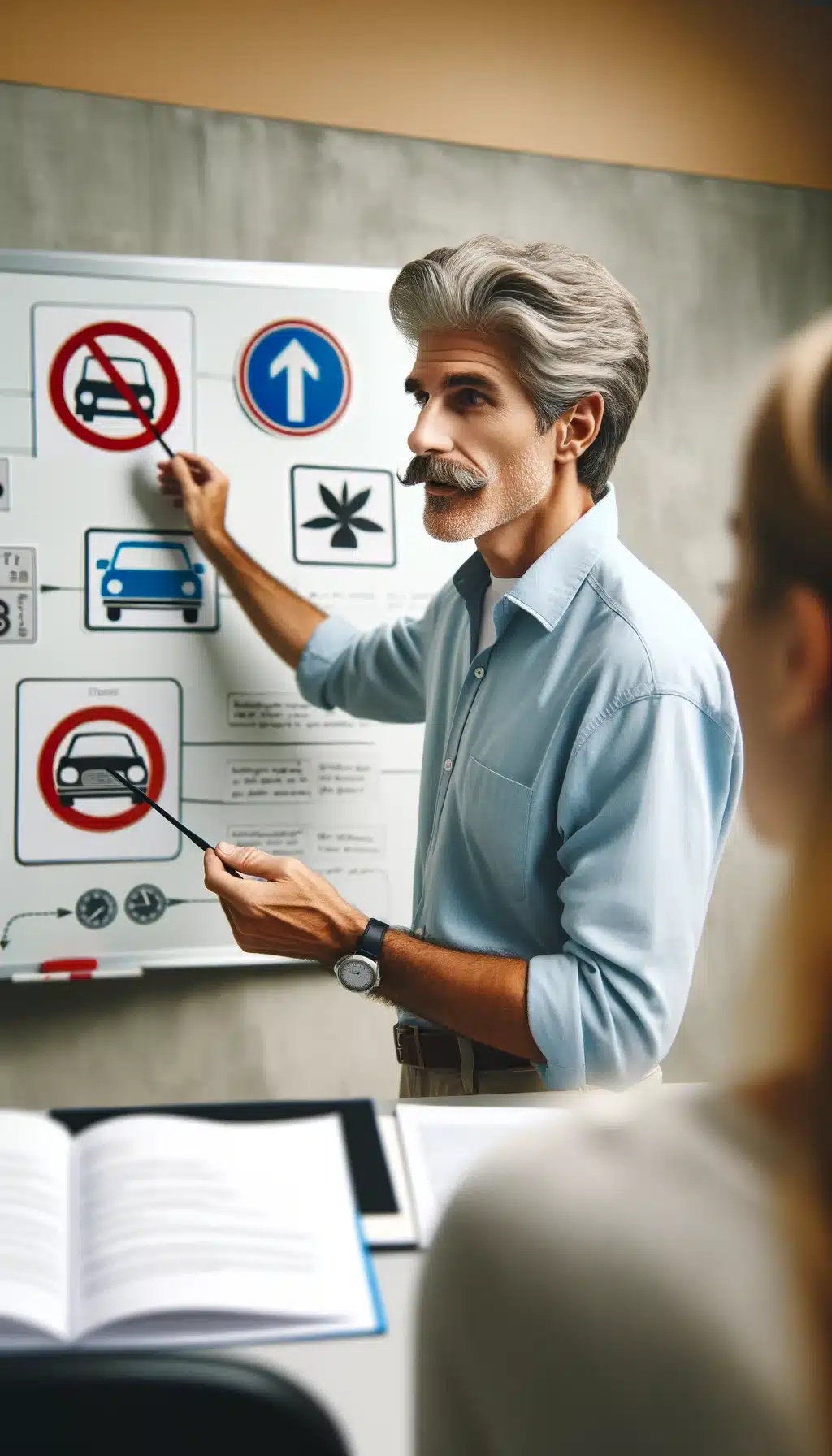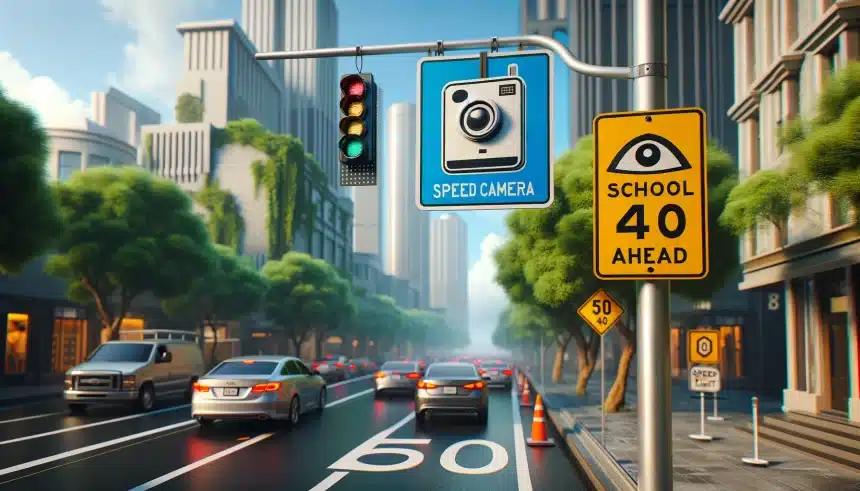As a driver, I always pay attention to who’s the right of way in different scenarios, whether it’s at a four-way stop, a roundabout, or a pedestrian crossing. By acknowledging and yielding to those with the right of way, I show courtesy and contribute to safer on Liverpool roads.
Driving etiquette is like navigating a complex web of societal norms. As we drive through the roads of courtesy and respect, there are unwritten rules that steer our journey.
Each turn signal communicates our intentions, and every pedestrian serves as a reminder of our duty. Let’s delve into the unexplored realms of driving etiquette wish lists, where a small gesture can lead to smoother travels ahead.
Importance of Turn Signals
Using turn signals isn’t just a good habit; it’s a crucial part of safe driving. When I indicate my intentions on the road, I communicate with other drivers, letting them know my next move. This simple action promotes predictability and reduces the risk of accidents. Whether changing lanes or making a turn, using turn signals is a courtesy to fellow drivers that can prevent confusion and potential collisions.
Personally, it’s frustrating when other drivers neglect to use their turn signals. It leaves me guessing about their next move, causing unnecessary stress and uncertainty on the road. By being proactive and consistent in using my turn signals, I aim to set a positive example for others to follow.
Giving Priority to Pedestrians
Are pedestrians always given the right of way, or are there situations where drivers should prioritize them on the road?
As a driver, it’s crucial to keep in mind that pedestrians typically have the right of way in most cases. Whether you encounter them at crosswalks, intersections, or pedestrian crossings, it’s our responsibility to yield to pedestrians and ensure their safety. This means staying alert and being prepared to stop whenever pedestrians are crossing the road.
In busy urban areas or near schools, pedestrians may be more common, requiring extra caution from drivers. It’s essential to anticipate pedestrians’ movements and be ready to stop quickly. Even if pedestrians aren’t using a designated crosswalk, our duty is to give them the right of way and provide enough space for them to pass safely.
Prioritizing pedestrians not only enhances road safety but also promotes respect and courtesy among all road users. By recognizing and giving priority to pedestrians, we help create a safer and more harmonious environment for everyone on the road.
Respect for Right of Way
Navigating through intersections safely involves giving way to other vehicles and pedestrians, which is crucial for smooth traffic flow. Understanding and following right of way rules can prevent accidents and ensure orderly traffic movements.
Courtesy in Traffic Merging
Navigating through traffic smoothly means being considerate when merging with other vehicles, ensuring a safe and efficient flow on the roads. When merging, keep these tips in mind:
- Signal Early: Let other drivers know your intention to merge in advance. This allows them to adjust their speed and make room for you to enter, preventing potential accidents and reducing road frustration.
- Match Speed: Try to blend in with the speed of the vehicles in the lane you’re merging into. This helps maintain a smooth flow of traffic, avoiding sudden braking or acceleration that can disrupt the road’s harmony.
- Zipper Merge: Embrace the zipper merge technique where vehicles from two lanes take turns to merge, resembling the teeth of a zipper coming together. This method promotes fairness and keeps traffic moving steadily, especially in busy areas.
Proper Lane Discipline
When you’re behind the wheel, it’s crucial to maintain proper lane discipline for a safer and smoother traffic flow. Stay in your lane and avoid unnecessary lane changes to prevent accidents and keep the traffic moving steadily.
A fundamental rule of proper lane discipline is to use the left lane for passing and the right lane for slower-moving vehicles. By following this simple guideline, you can reduce congestion and ensure a more pleasant driving experience for everyone. Remember to signal in advance before changing lanes to alert other drivers and promote a safer driving environment.
It’s also essential to maintain a safe distance between vehicles to react promptly to sudden stops or emergencies. Tailgating and constantly switching lanes not only disrupt traffic but also increase the risk of collisions. By driving responsibly and staying in your lane, you contribute to a safer and more efficient road environment for all.
Parking Etiquette
I always make sure to park my vehicle thoughtfully, ensuring that I don’t inconvenience others. Following proper parking etiquette is key to maintaining order and harmony in busy areas. Here are three important points to remember:
- Park within the lines: It’s crucial to park your vehicle within the designated parking space lines. This helps maximize parking capacity and reduces unnecessary congestion.
- Respect designated areas: Pay attention to any signage indicating specific parking rules, like disabled parking spots or loading zones. Respecting these designations ensures fair access for all.
- Avoid occupying multiple spots: Park your vehicle in a way that allows others to park comfortably beside you. Taking up only the space you need shows consideration for other drivers and helps optimize parking availability.
Conclusion
In a nutshell, strive to be polite and thoughtful while driving, creating a smoother and more enjoyable journey for everyone on the road. Just like practicing good manners in our everyday interactions, following driving etiquette can significantly enhance the overall experience for all road users. Let’s aim to be courteous and considerate on the road, making every trip more pleasant for everyone involved.

As a full-time driving instructor and blogger, I’m thrilled to share my thoughts and advice. I’m an Accredited Driving Instructor. Always believed The IMPOSSIBLE is POSSIBLE and that everyone can learn good, safe driving abilities to enjoy their busy and joyful driving experiences. I can guarantee that all approaches and skills I teach will be with you for life: your licence and your safety.

